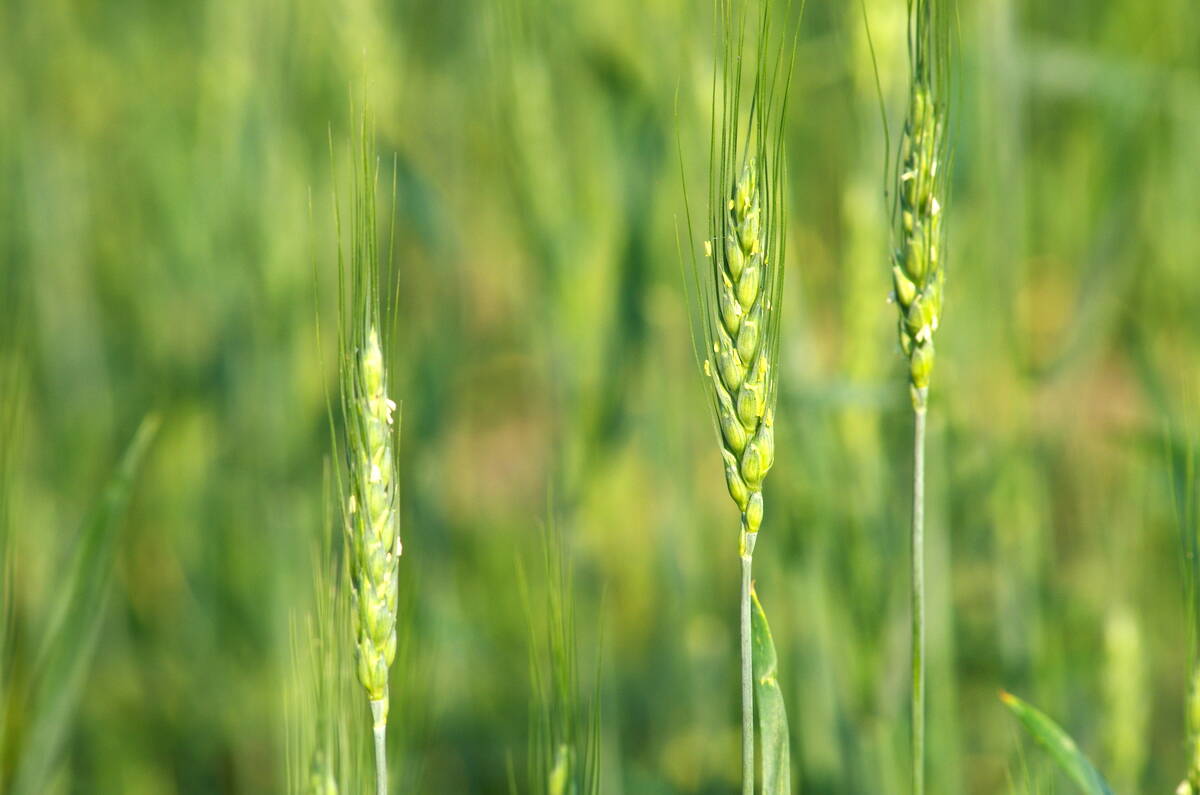Saskatchewan’s provincial crop insurance agency plans to reinsure itself against heavy claim years starting in 2013, a year in which the agency plans record-high per-acre coverage through a record-high budget.
Saskatchewan Crop Insurance Corp. (SCIC) announced Monday it will, for the first time ever, buy private reinsurance — a move it said will help "to stabilize premiums, which will help protect producers."
In reinsurance, an insurer or company buys insurance from a third party as a risk management tool — as was seen in the grain revenue insurance plans Prairie grain handlers set up for themselves starting in the late 1990s, to insure their earnings against a sudden drop in grain handle.
Read Also

California researchers create nitrogen-fixing wheat
U.S. crop breeders have created a wheat variety capable of creating its own nitrogen fertilizer.
Melville-based SCIC had been urged to look into the merits of reinsurance, to offset its total program risk, as a recommendation from the 2008 Meyers Norris Penny review of the provincial crop insurance program.
Saskatchewan’s 2013 crop insurance budget was pegged Monday at a record-high $198 million, and its coverage levels are to rise to a record $194 per acre — up from $174 in 2012 and "more than double the coverage offered in 2007."
Citing both "record coverage and continued crop insurance enhancements," the province on Monday warned there will be no ad-hoc AgriRecovery program for weather-related disasters in 2013.
The province, in its release Monday, did not specify how much more farmers would pay on average for the increased coverage, but various Saskatchewan media outlets on Monday quoted SCIC officials as saying farmers would pay, on average, $9.98 an acre, up from $8.91 in 2012.
SCIC’s total program premiums are cost-shared 40-36-24 by farmers and the federal and provincial governments respectively.
Trending
SCIC’s 2013 insurance program also now includes hard red spring wheat and oats as eligible for yield trending — a process by which a crop’s historical yield data is adjusted to account for new production techniques, seed varieties and technologies, thus improving a crop’s insurance coverage.
The yield for hard red spring wheat will increase nine per cent and oats yield will increase 13 per cent, on average, for SCIC’s 2013 program.
SCIC’s 2013 program is also to include increases in the establishment benefit values for field peas, canola and identity-preserved canola — plus expansions of the province’s insurable regions, for soybean crops and corn crops respectively.
"Enhancements" made in previous years will also continue in 2013, SCIC said, such as the unseeded acreage benefit of up to $100 per eligible acre; yield cushioning; and 100 per cent wildlife damage compensation.
Farmers’ deadline to apply for, make changes to or cancel an SCIC crop insurance contract is March 31.
"The outlook for wheat acres seeded this spring is promising," Kenton Possberg, the Saskatchewan vice-president with the Western Canadian Wheat Growers, said in Monday’s release from the province. "We appreciate the increased coverage and enhancements to crop insurance like yield trending for wheat."
Related story:
Rethink yield math: Sask. crop insurance review, Oct. 6, 2008














